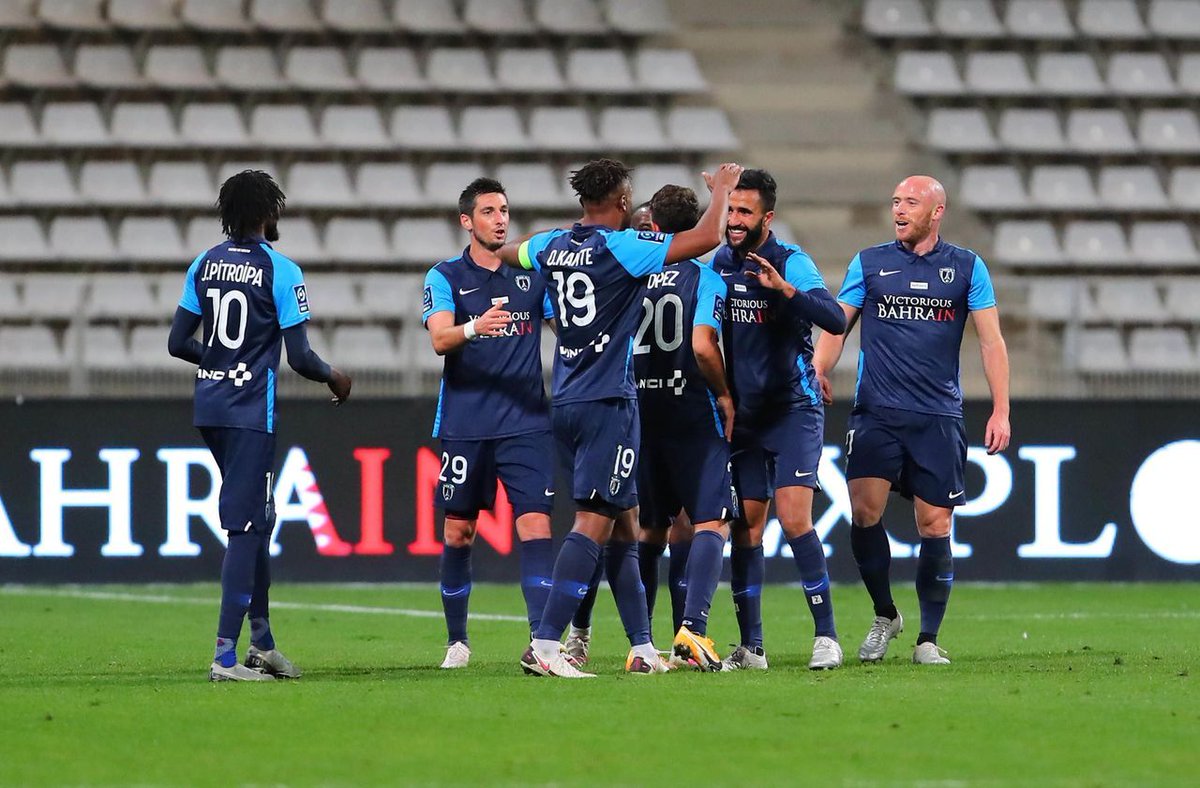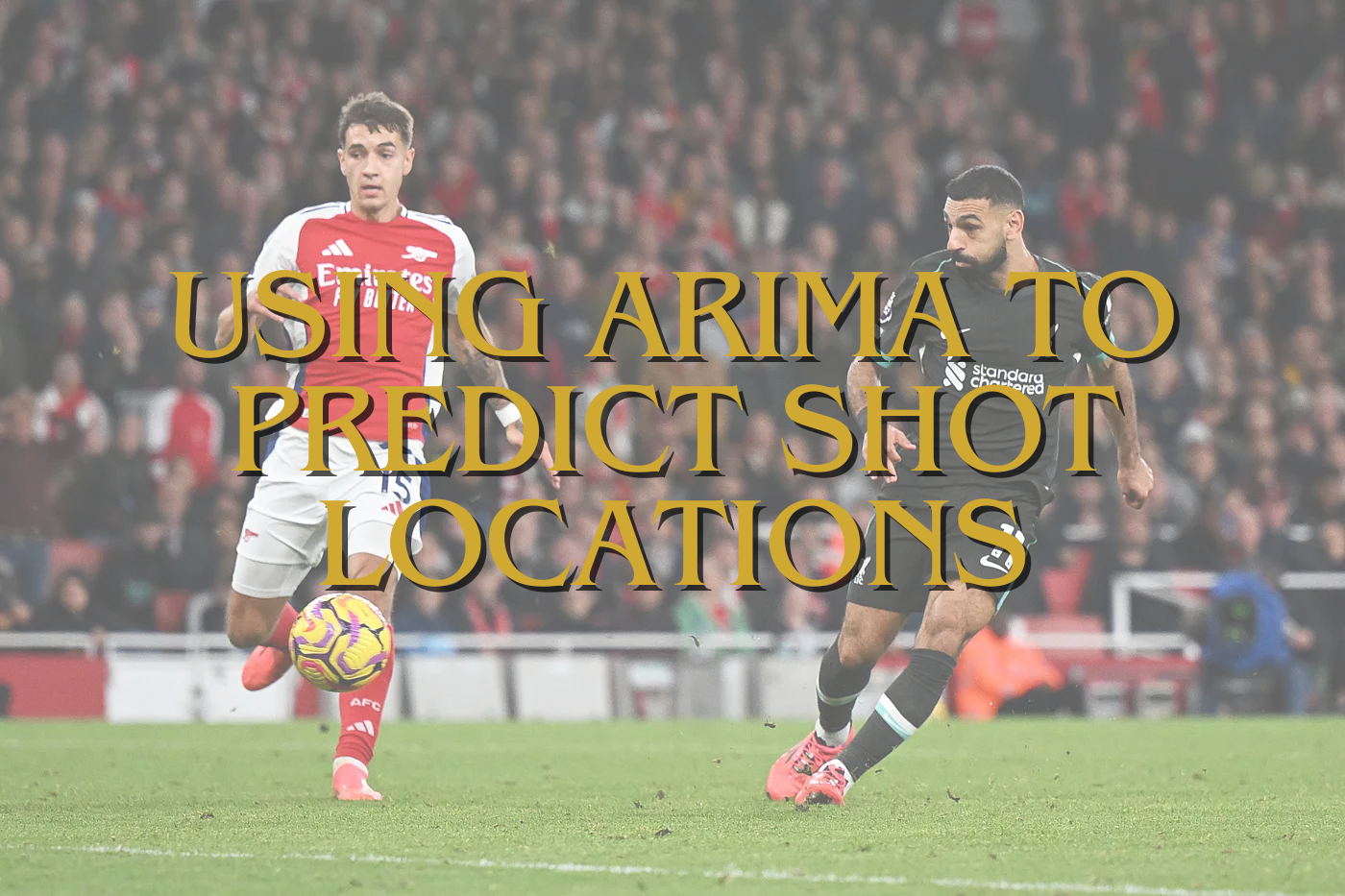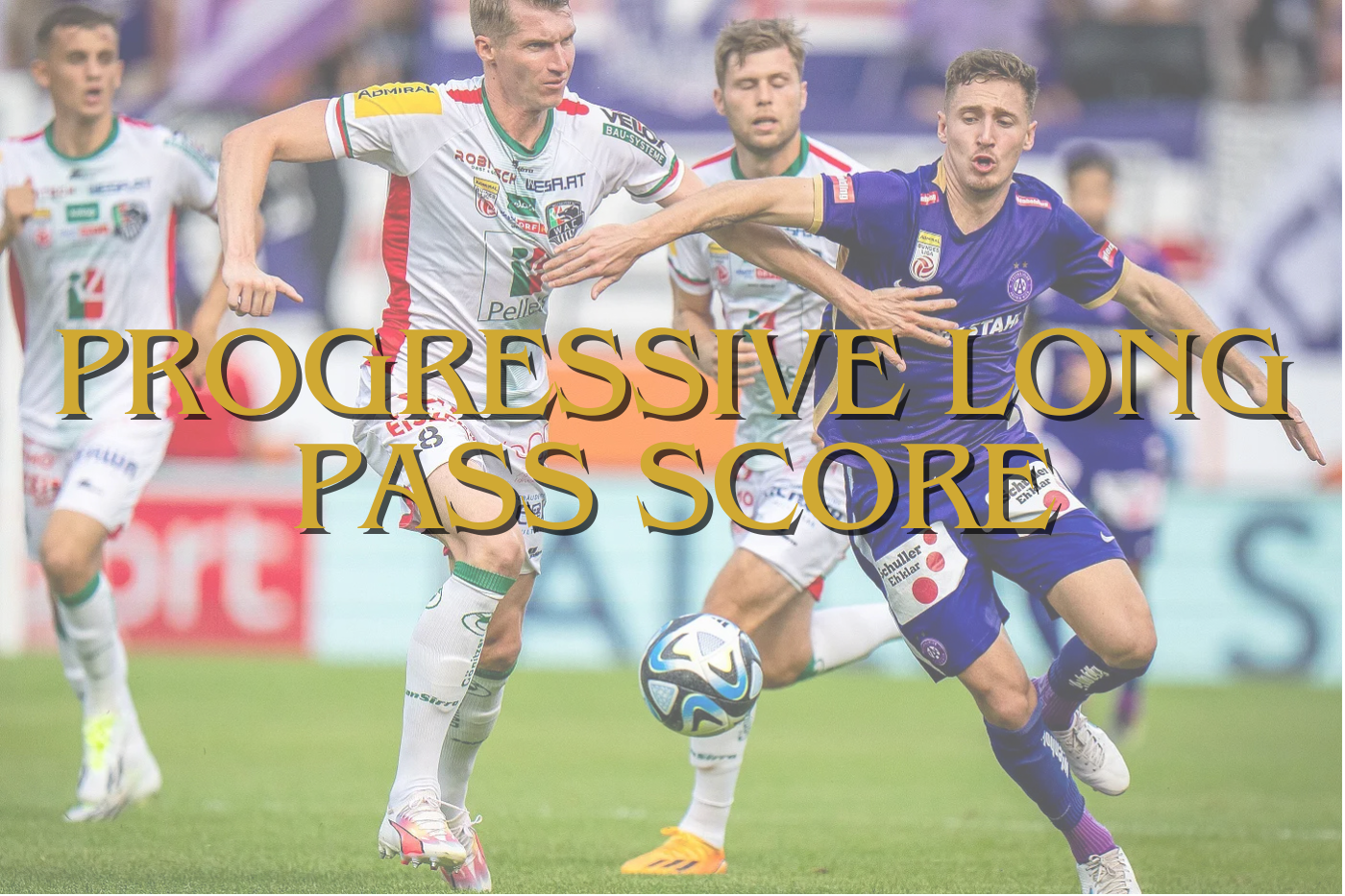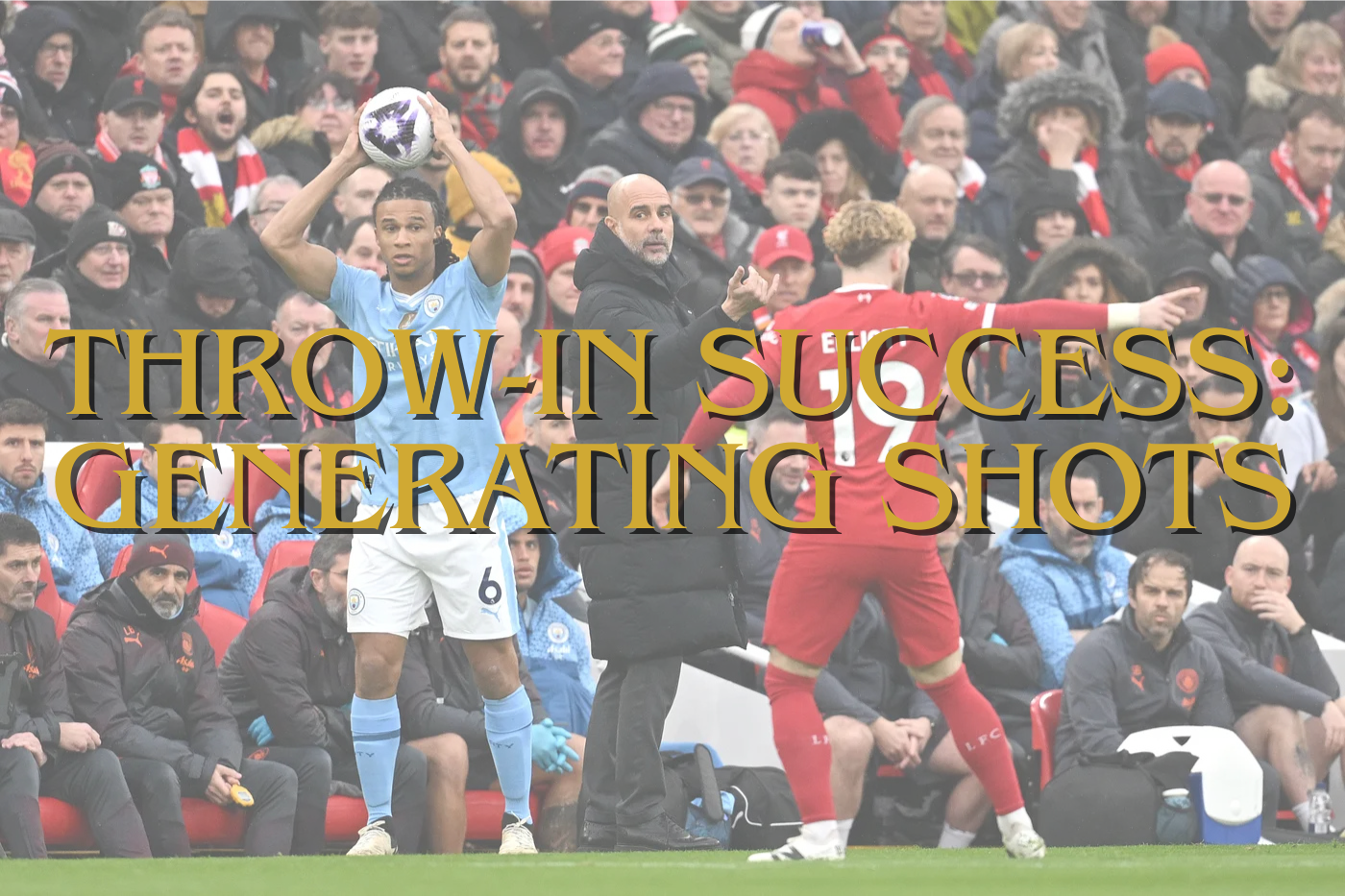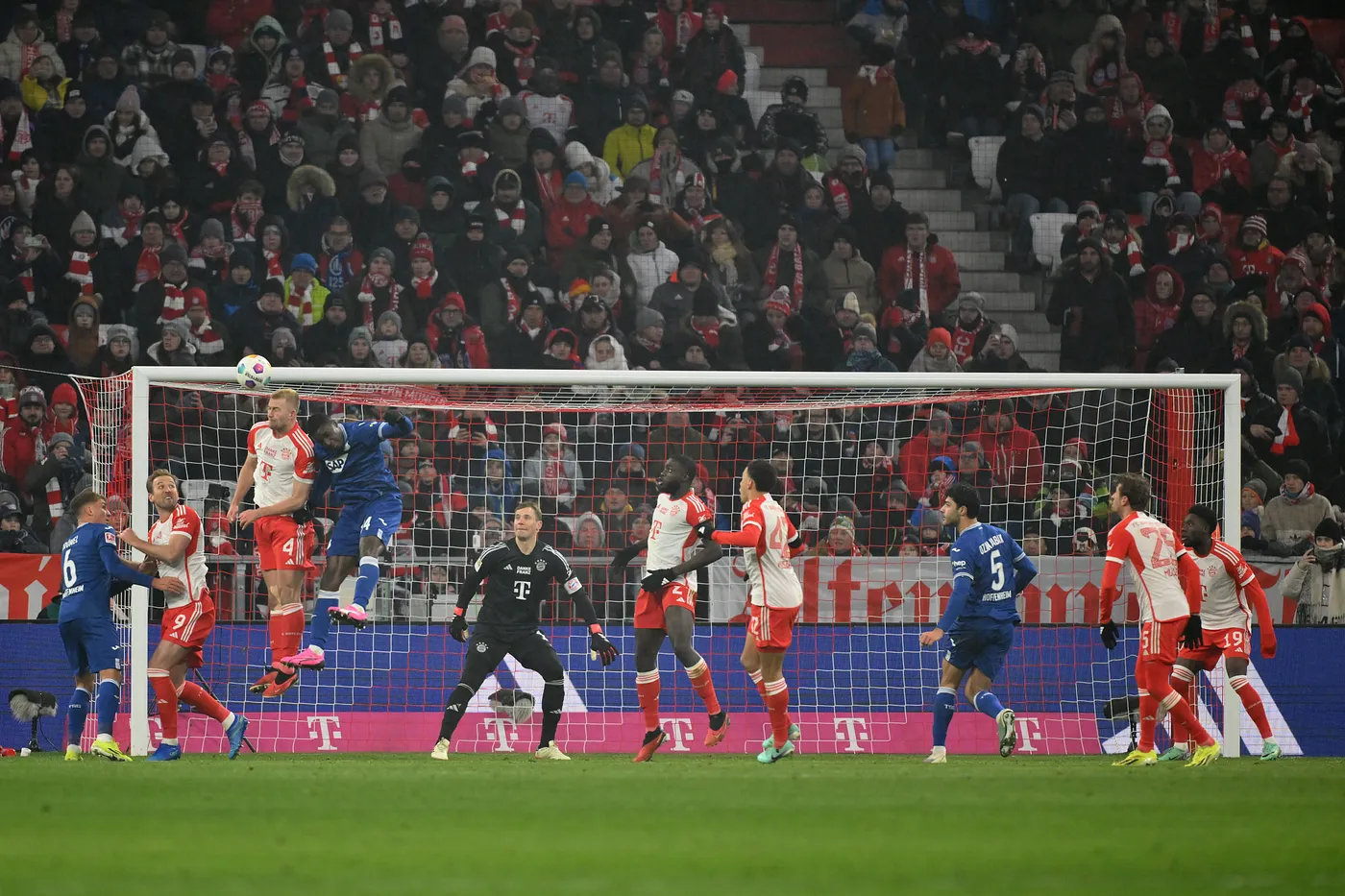Until now I’ve based my analysis on attacking corners of several clubs that don’t feature in the top-5 leagues in Europe, but that’s just one part of set-piece analysis. As we all know they are attacking routines to master, but also a defensive set up to master. In this analysis, I will focus on the defensive set up by a team.
Looking at defensive set ups is a different story from attacking routines. In attacking routines you try to escape the defensive set up via different runs and creating opportunities. Defensive set ups are designed to defend against a variety of attacking runs in order to deal with set-pieces correctly.
In this defensive corner analysis, I will focus on Paris FC’s defensive corners. The Parisians played in Ligue 2 and are currently 6th in the table.
Paris FC vs EA Guingamp
In the video above we can see Paris FC defending a corner against EA Guingamp. The corner is taken from the left from a right-footed player, meaning that the corner will swing towards goal rather than to the deep penalty area. In the six-yard box, we see one player from the opponent (in red) and three players from Paris FC: the player in front of the opponent is a man-marker and marks the player in the box. The other two players are zonal-markers, the first player marking the zonal area at the near post and the second player marking the zonal area behind that in the six-yard box.
At the far central zone and deep back post we see a 4v4 situation with four runners from the opposition and four man-markers from Paris FC. They are tasked with blocking the runs and/or clearing the ball when the ball gets in that position. Now they don’t remain in that position because of movements, but still are able to defend the ball near the six-yard box.
Deeper into the high back post we see another zonal-marker close to the edge of the penalty area. In this case, it doesn’t seem like he is included in the play but the ball often comes in that area after a clearance or a player tries to advance from the middle third. In the front far zone, we see a man-marker who marks the opponent who offers himself as a short pass option.
Paris FC vs EA Guingamp
In the video above we can see Paris FC defending another corner against EA Guingamp. The corner is taken from the right from a right-footed player, meaning that the corner will swing away from goal rather than to the six-yard box. In the six-yard box, we see two players. These zonal-markers, the first player marking the zonal area at the near post and the second player marking the zonal area behind that in the six-yard box.
At the far central zone and deep back post we see a 5v5 situation with four runners from the opposition and four man-markers from Paris FC. They are tasked with blocking the runs and/or clearing the ball when the ball gets in that position. Now they don’t remain in that position because of movements, but still are able to defend the ball near the six-yard box. This is slightly different from the previous corner where there would be one player in the six-yard box man-marking and 4v4, but not it’s a 5v5.
Deeper into the high back post we see two zonal-marker close to the edge of the penalty area. In this case, it doesn’t seem like he is included in the play but the ball often comes in that area after a clearance or a player tries to advance from the middle third. In this case, there is no option for the short pass to be given, hence the two zonal markers at the edge of the penalty area.
Paris FC vs Clermont Foot
In the video above we see Paris FC playing against Clermont Foot. Clermont takes the corner from the left with a left-footed player, meaning that the ball will swing out rather than in. In the six-yard box, we see two players. These zonal-markers, the first player marking the zonal area at the near post and the second player marking the zonal area behind that in the six-yard box.
At the far central zone and deep back post we see a 4v4 situation with four runners from the opposition and four man-markers from Paris FC. They are tasked with blocking the runs and/or clearing the ball when the ball gets in that position. Now they don’t remain in that position because of movements, but still are able to defend the ball near the six-yard box. There is also a man-marker just in front of the four-man defending unit, as he’s occupied with the sole striker just outside the six-yard box.
Deeper into the front far zone we see another zonal-marker close to the edge of the penalty area. In this case, it doesn’t seem like he is included in the play but the ball often comes in that area after a clearance or a player tries to advance from the middle third.
Paris FC vs Rodez AF
In the video above we see Paris FC in their game against Rodez AF. In this example the corner comes from the left side from a right-footed player, which means that the ball will swing in to the six-yard box. In the six-yard box, we see two players. These zonal-markers, the first player marking the zonal area at the near post and the second player marking the zonal area behind that in the six-yard box.
At the far central zone and deep back post we see a 4v4 situation with four runners from the opposition and four man-markers from Paris FC. They are tasked with blocking the runs and/or clearing the ball when the ball gets in that position. Now they don’t remain in that position because of movements, but still are able to defend the ball near the six-yard box.
Near the six-yard box there is a man-marker who marks the striker in the six-yard box. Further more we have a zonal-marker on the left-side of the penalty, just outside it. He applies zonal marking and this is needed in terms of the short pass option on the left.
Final thoughts
Paris FC had caught my eyes for some seasons, but always on the attacking side of the game. It was very interesting to see how they defend corners in Ligue 2 and how they applied a two player zonal structure in the six-yard box and a third zonal-marker on the edge of the penalty area.

